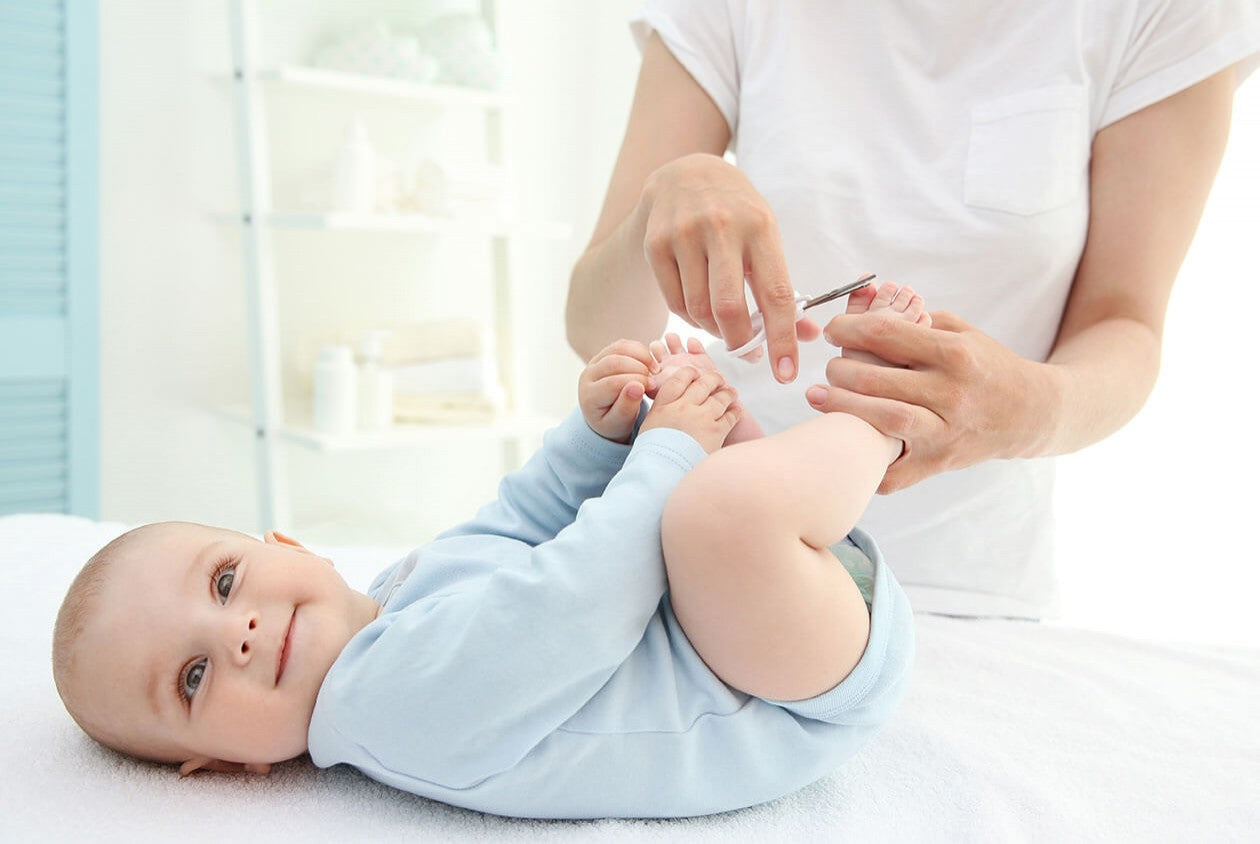Contractions: what they are and how to recognize them.
Contractions in pregnancy can be felt at any stage of gestation even if with different intensity. How to recognize them and distinguish them from other pains?
They start from the bottom of the uterus and spread downwards, towards the pubis: they are contractions, a physiological phenomenon that occurs during pregnancy and which consists in the abrupt shortening of the muscle fiber.
The contractions
Contractions are therefore involuntary muscle contractions: since the uterine musculature is smooth, it can independently generate the contraction, as does the heart. On the other hand, there are different isometric contractions, a type of muscle contraction that creates tension in the muscle, without causing it to shorten or lengthen.
How to recognize uterine contractions
It is important to know how to recognize contractions, distinguishing them from other types of pain: for example, a fixed and prolonged pain in the abdominal area is not a contraction, it could be a disease that requires medical intervention.
The contractions could be described as spasms, tensions in the belly that last only a few seconds and then disappear. What happens, what does the woman feel? The belly contracts and hardens, to remain in tension for a few seconds and then return to relax.
When and why contractions occur
Contractions can be felt in any gestational period even if with different intensity: the strongest are those related to labor, up to the expulsive phase.
In the first weeks of pregnancy the contractions are physiological: It is possible that the uterus contracts just in the period in which the period should have come. These are sporadic and irregular contractions, not always felt and perceived by the woman.
As the pregnancy progresses, from the second trimester the contractions may be linked to the enlargement of the uterus, the baby's movements or the mother's fatigue. For this reason, we advise women to rest and take minerals and magnesium: the lack of these elements in fact causes the uterus to contract further.
Braxton Hicks Contractions
Towards the end of the pregnancy, the contractions called Braxton Hicks are felt, named after the doctor John Braxton Hicks who first, in 1872, identified and described them.
They are a good omen, because they are the contractions with which the uterus prepares for labor: their function is in fact to modify and dilate the uterine cervix, so that the baby can then progress, at the right moment, towards the canal. of childbirth. They are distinguished from other types of contractions because “they can last up to two hours but they are sporadic, they are neither rhythmic nor regular. They usually disappear spontaneously, otherwise try to relax with a warm bath.
Birth contractions
In the preparation phase for childbirth, the contractions are still irregular and the advice of the midwife is not to go to the hospital because I can only last a few hours.
If the contractions are effective, there is the loss of the mucous plug, which seals the cervix: it can be recognized by the loss of a dense and whitish secretion. Similarly, it may happen to see small vaginal bleeding, pink streaks: these are markings, signs that indicate that the contractions are having an effect on the cervix and represent a progression of cervical dilation.
Contractions every 10 minutes
The contractions that announce a valid labor «are painful and regular, especially lasting over time.
Generally they last for 40-50 seconds and follow each other at intervals of about 10 minutes and then become «more and more frequent and gradually more intense. Above all: when the contractions of labor do not stop when they start, they begin to have regular and increasingly shorter pauses. To relieve pain during labor, the midwife recommends a hot shower, which in the hospital we make pregnant women do even sitting on the toilet; assume the position with legs apart; rotate the pelvis in the shape of a figure of eight to facilitate the rotation of the head during progression, while the partner massages the sacrum coccygeal area with the palm of the hand, always with rotational movements. Even moving around a lot helps to better tolerate pain. We also use the ball a lot that helps mothers to assume positions that can relieve pain or allow you to make micro-movements with the pelvis.






Leave a comment